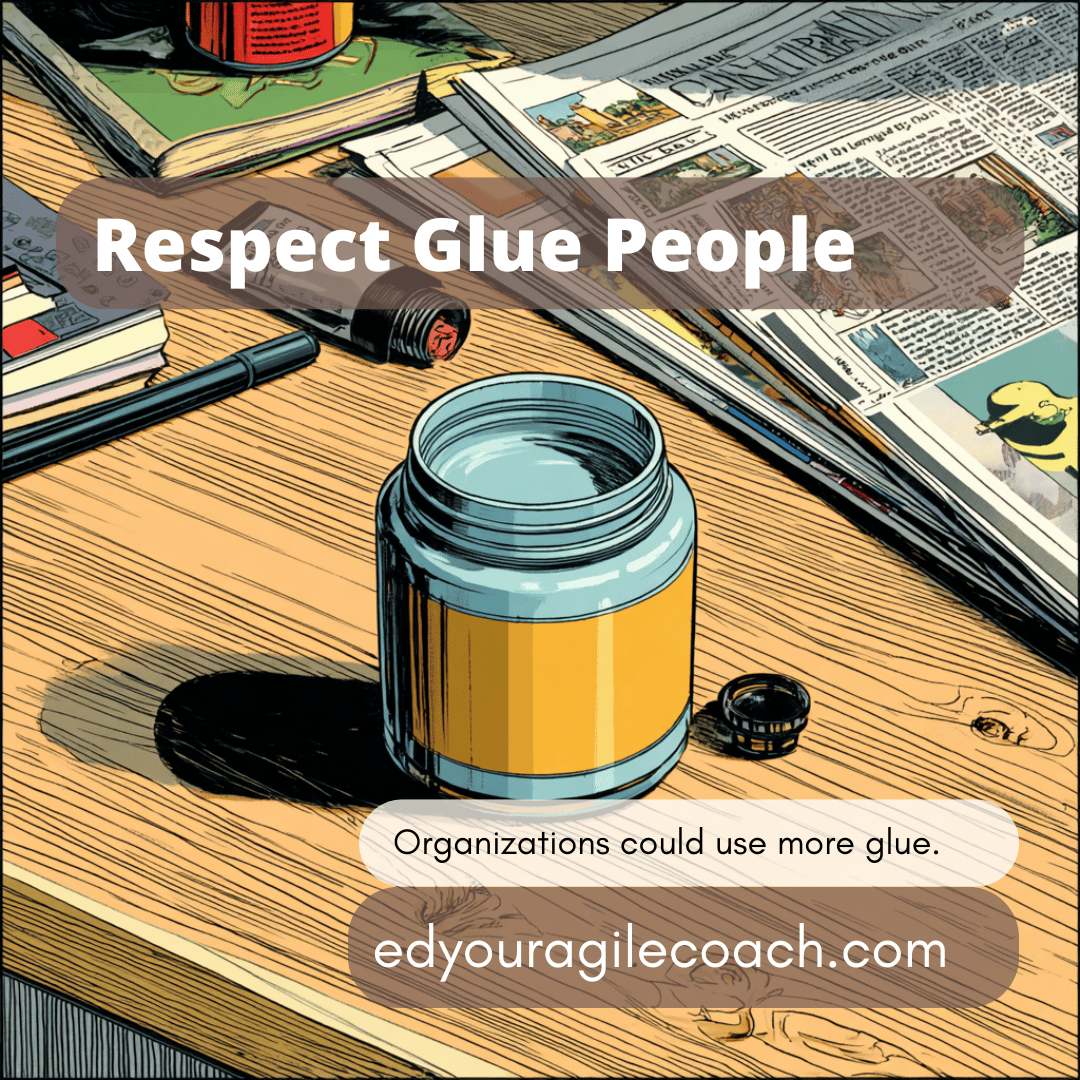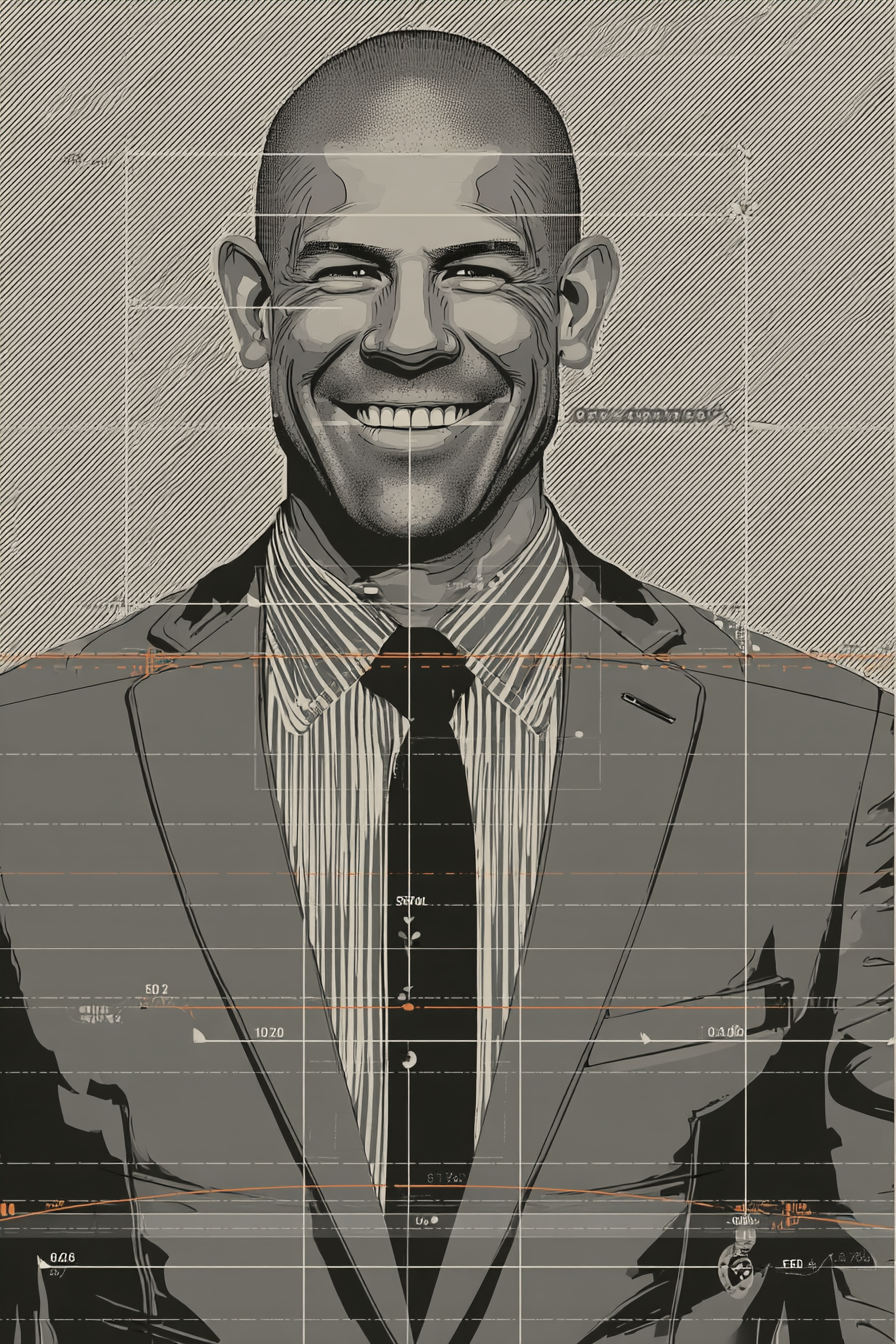Why Glue people matter.

Throughout my adult life, I focused on building things. From working for a candy company to major software projects, my career is an effort to create things for other people. It has not been easy, but I consider it a rewarding experience. Along the way, I have discovered that building things is straightforward from a technical standpoint, but human factors often bedevil major projects.
Project managers, agile coaches, and scrum masters know a lot about the science of getting things done but struggle with the more artistic elements. It includes executive presence, emotional regulation, empathy for others, and learning to sacrifice for the team's benefit. We spend plenty of time concentrating on rockstars and code nijas. Let us turn our attention to the unsung heroes of organizations, who the Wall Street Journal calls the glue people.
The term "glue person" originated in athletics. They are the people who make teams better because they act as a binding agent, helping everyone improve and perform as a unified team. Compared to the superstars, they are a quiet presence that makes teams better. A glue person is the one who quietly keeps track of metrics, reminds everyone to prep for the big client meeting, and asks for clarification when others are afraid. They grasp their colleagues' motivations and aim to elevate the team's performance. It takes place quietly until these people leave the organization.
Shane Battier, an alumnus of Duke University, knows a few things about being a glue guy. In college, he appeared in the NCAA Basketball Final Four twice and won the national title his senior year. As a professional, he was part of two NBA championship teams. Battier has achieved success that most of us can only dream of, and he attributes it to his ability to help those around him succeed. His reputation is such that he has his own podcast on leadership, where he shows others how they can be good glue people in their organizations. I am adding it to my playlist.

A glue person is different than a star player. They are often quiet and unassuming, willing to stand in the shadows rather than be in the spotlight. However, when necessary, they can step up when asked. It is a demanding role that requires emotional intelligence and humility. Coaches and managers need these glue people and consider themselves fortunate when they have them on their teams.
Since this work takes place in the background on teams, it often does not get the recognition it deserves when it comes time for promotions. The documentation is written, junior developers receive hours of pair-programming, and reports to upper management are expected, but without a glue person, they go missing. The more vocal and technically talented people are advanced in the organization. I see this as shortsighted because the glue people are the ones who set those individuals up for success. So part of our job as business leaders is to cultivate glue people to help the organization get stronger. It is not about the lines of code written, but about how the team successfully executes its work.
Over the last year, I have discovered that I am an excellent glue person, which gives me a competitive advantage in the coaching market. My superpower is helping others improve and removing burdens from teams so they can focus on what is essential. It is not the mythical figure of leadership I aspired to, but one I have learned to accept comfortably. Organizations need more glue, and I am happy to provide it.
Until next time.




Comments ()